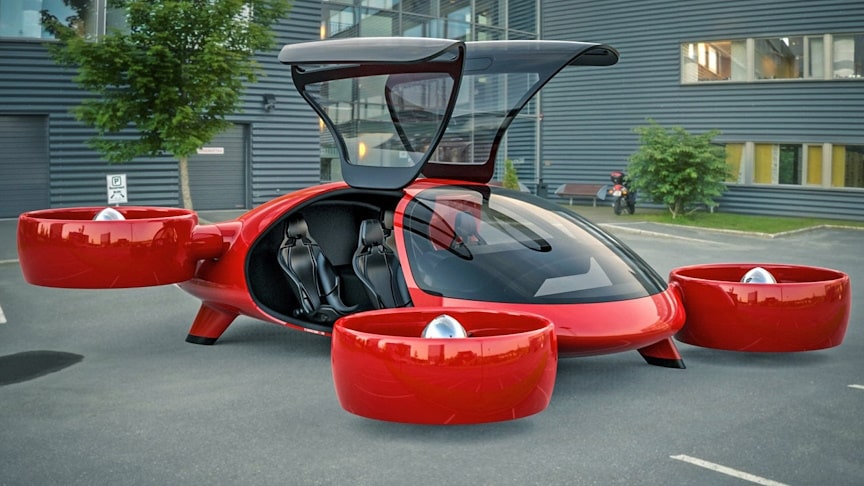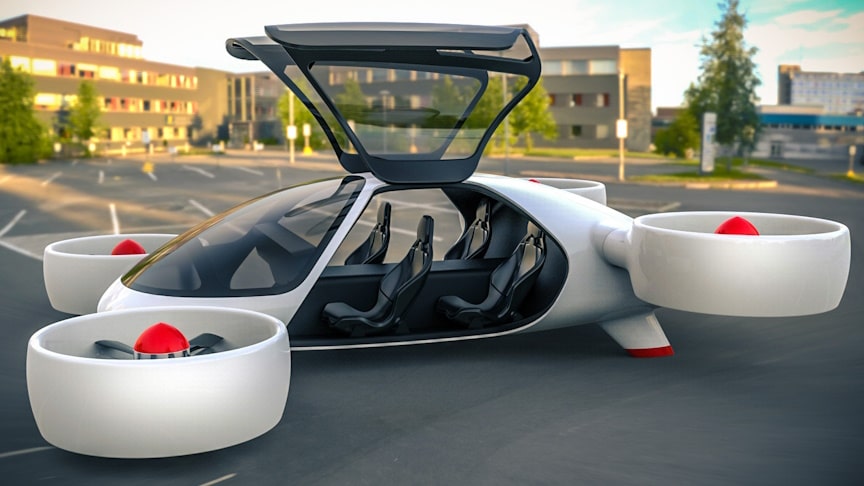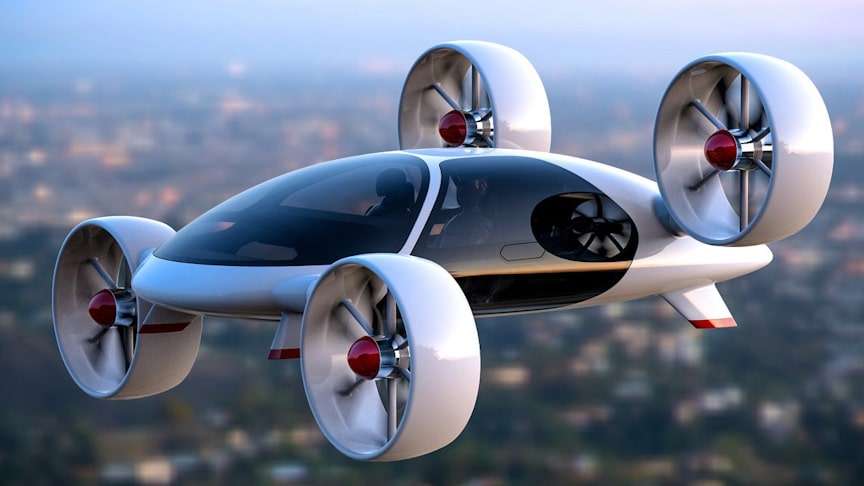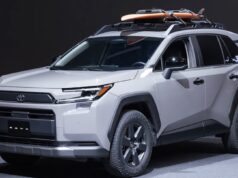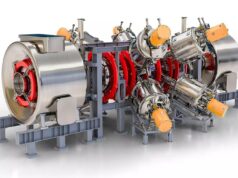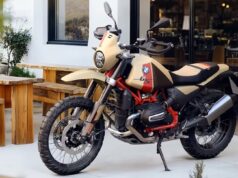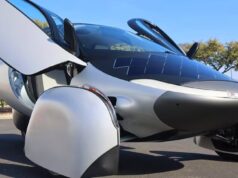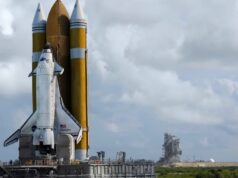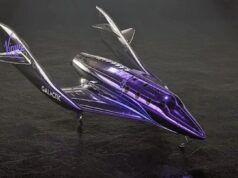Bartini is an aviation engineering company that develops an electric vertical take-off and landing aircraft (evtol).For private use and the emerging urban air taxi market.Bartini is an electric vtol-that is efficient both on the ground and in flight: fits two car parking spaces and uses aerodynamic lift.
source.image: bartini.aero
It has a carrying body that provides aerodynamic lift in cruise mode after the aircraft takes-off, gains ground speed and tilts the rotors perpendicular to the ground. The aircraft is designed to fly at 300 km/hr (162 knots). Hydrogen fuel cell modification shall cover the distance of up to 550 km over almost 2 hours, while lithium battery modification will range 150 km on 30 minutes of flight.
source.image: bartini.aero
At least double redundancy of power and units, duplication of nodes, very few moving parts, and ducts around the blades shall result in ultimate safety. The configuration allows for considerable noise control. The configuration is intended to serve the interests of the three major stakeholders: the city, the operator, and the passenger.
source.image: bartini.aero
Coaxial counter rotating blades in a duct allow lower drag and higher thrust.Such configuration, heritage of the Soviet aviation, forms the DNA of our aircraft and promises high energy efficiency, redundancy and smaller footprint. It will result in better accessibility and lower operational costs both on the ground and in flight.
Advertisement
Powered by hydrogen fuel cells, our aircraft will have up to four times the range of a battery powered modification. This means intercity flights. We teamed up with the automotive engineers to meld aviation safety with the ultimate passenger comfort of an automobile.
The aerodynamically shaped cabin provides lift for additional flight efficiency (thus lower fares), makes the aircraft elegant and its interiors even more spacious. Specifically designed and meticulously positioned windows offer spectacular views.When powered with hydrogen fuel cells the estimated cruise speed of the aircraft is 186 mph (300 km/h), a range of 342 miles (550 km) and has a flight time of two hours. When powered with lithium batteries, the cruise speed is 186 mph (300 km/h), a range of 93 miles (150 km) and has a flight time of 30 minutes. The company expects the aircraft to allow passengers to cross most cities in the world in about 15 minutes.

